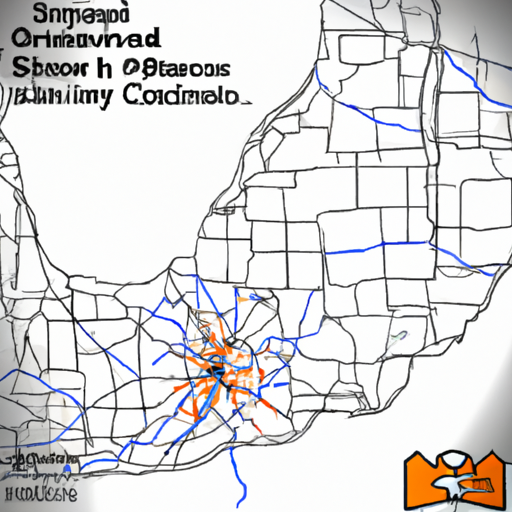The Canadian Opioid Crisis: An Examination of Ontario’s Response
As Canada grapples with a gripping opioid crisis, the province of Ontario has come under increasing scrutiny over its approach to managing the socio-economic fallout. This post seeks to explore the effects of Ontario’s controversial decisions surrounding consumption sites and addresses the ongoing Canadian opioid abatement class action. For a comprehensive overview of the situation, please refer to the complete article here.
The Opioid Crisis in Canada: Facts and Figures
The opioid crisis is a complex health and social issue with devastating impacts on individuals and communities across Canada. It has led to an alarming rise in opioid-related deaths, a surge in crime and homelessness, and has overburdened emergency services and healthcare resources.
The Effects of Ontario’s Consumption Site Decisions
Ontario has been at the centre of the discourse on the opioid crisis, particularly due to its decisions regarding consumption sites. Consumption sites, or safe injection sites, provide a controlled environment for drug users to safely consume their substances under the supervision of healthcare professionals. They form an integral component of the harm reduction approach towards drug addiction and can significantly reduce drug-related mortality and disease transmission rates.
Despite recommendations from experts and review boards to increase the number of consumption sites, there has been resistance from Ontario’s Ministry of Health. This resistance has generated criticism from advocates, who argue that the approach neglects the realities of addiction and can exacerbate the opioid crisis, increasing the strain on healthcare resources and contributing to social issues such as homelessness and crime.
Ongoing Efforts to Mitigate the Crisis
The Role of Naloxone
Among the strategies adopted to address the crisis is the distribution of naloxone kits. Naloxone is a medication that can temporarily reverse the effects of an opioid overdose. By making these kits readily available, Ontario aims to reduce the number of opioid-related deaths.
Canadian Opioid Abatement Class Action
Beyond the provincial level, a nationwide effort – the Canadian opioid abatement class action – is underway to hold manufacturers and distributors of opioids accountable. The class action seeks reparations and an injunction to alter the marketing of opioids in Canada.
Key Points of the Issue
- The opioid crisis in Canada has led to a significant increase in opioid-related deaths, crime, and homelessness.
- Ontario’s resistance to increasing the number of consumption sites goes against expert recommendations and can exacerbate the opioid crisis.
- Naloxone kits are being widely distributed to temporarily reverse the effects of an opioid overdose.
- The Canadian opioid abatement class action aims to hold manufacturers and distributors of opioids legally accountable.
In Conclusion
The opioid crisis presents a significant challenge to both community welfare and broader societal stability. From the decisions made on consumption sites in Ontario to the nationwide Canadian opioid abatement class action, the response to this situation reflects its complexity and urgency. While harm reduction strategies like naloxone distribution can have a significant impact, it is critical to address the crisis through comprehensive programs that include education, prevention, treatment, and sustained legal action against those responsible.
